On Feb 21, President Donald Trump unleashed a tweet – “I want 5G, and even 6G, technology in the United States as soon as possible. It is far more powerful, faster, and smarter than the current standard. American companies must step up their efforts, or get left behind. There is no reason that we should be lagging behind on …”.
That was perhaps the clearest confession that the powerful United States was indeed behind rival China in the 5G technology. That probably also explains as to why the U.S. conveniently hides behind “national security” in their tech war against Chinese tech giant Huawei. It’s quite embarrassing that up to today, there is no American 5G equipment maker.
Lucent, which used to be part of A&T, was the last U.S. manufacturer of telecommunications equipment. It is now part of Nokia, after the Finnish company completed the acquisition of Alcatel-Lucent in 2016. Qualcomm, on the other hand, only makes 5G modems and antennas for smartphones, and doesn’t build any telecommunications equipment.
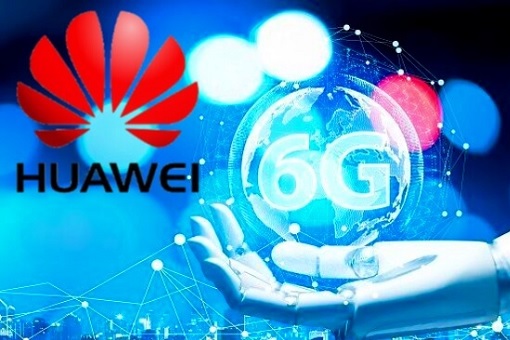
Cisco, the biggest maker of computer networking equipment, is one of Huawei’s main competitors. Curiously, the company never considered building its own radio access network equipment for 5G, and for some strange reason, the U.S. government never asked it to do so. Cisco depends on 5G macro radio technology from Ericsson, Nokia, and Samsung to build 5G networks.
Anyway, it was quite amusing that Trump wanted American companies to become a technology leader in 6G (a technology which has yet to exist) when they do not even have 5G. Heck, they even lack decent 4G connections. The fifth generation of mobile internet, or 5G, is still relatively new with only a small number of countries have implemented it.
While 4G tops out at a theoretical 100 megabits per second (Mbps), 5G would hit 10 gigabits per second (Gbps). That means 5G is a hundred times faster than the current 4G technology. But 6G’s speed would be at a jaw-dropping 1 terabyte per second (Tbps). That means while 3 movies (3GB each) can be downloaded in 1 second on 5G, the same amount of time can download 300 movies on 6G.
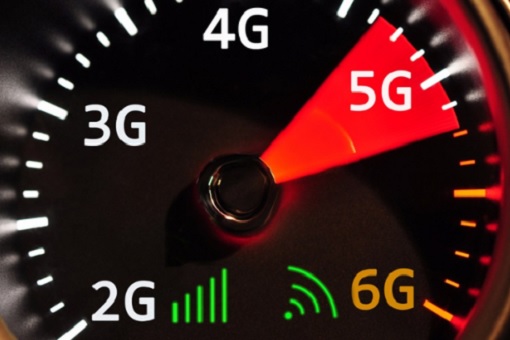
Just because Donald Trump throws tantrum and wants 6G doesn’t mean the U.S. president knows what he was talking about. He probably thought after 5G, the next level should be 6G, never mind that it was only months ago in June that the Chinese government granted 5G licenses to wireless carriers. Days later, China Mobile and Huawei switched on their first 5G equipment.
By the end of this year, it’s estimated that China will have more 5G base stations – at least 150,000 – than any other place on the planet. And by the end of 2020, they’ll have 100 million 5G users. In comparison, South Korea will be in second place with 75,000 stations, while the U.S. will only have 10,000 such sites by the year’s end.
On Thursday (Sept 26), Huawei CEO Ren Zhengfei has again spoken about the company’s offer to exclusively license its 5G technology to a U.S. company to create a level playing field for competitors. The founder of Huawei said the offer is only for an American company because firms in Europe, Japan, and South Korea already have the relevant technologies needed to develop 5G.

Mr. Ren’s statement, which could be seen as an insult to the U.S., says – “The U.S. currently does not have anything like this. I think that we should give an exclusive license with one U.S. company. After getting a license, they will be able to take our technology to compete with markets around the world. We want to give everyone the same starting point.”
The license would include Huawei’s proprietary 5G technology, including source code, hardware, software, verification, production, and manufacturing know-how. That’s the same proposition from the Chinese tech giant offered to the U.S. about 2 weeks ago. However, Donald Trump has yet to respond to the “generous” offer from Huawei to jumpstart American companies in 5G technology.
The U.S. continues to seek to discourage purchases of equipment from Huawei and is pressuring – even intimidating – European governments and allies to do the same, claiming it’s a gateway for Chinese spying. Although the US government has been concerned about espionage by Huawei on behalf of Beijing for years, they have yet to produce any evidence to support their allegation.
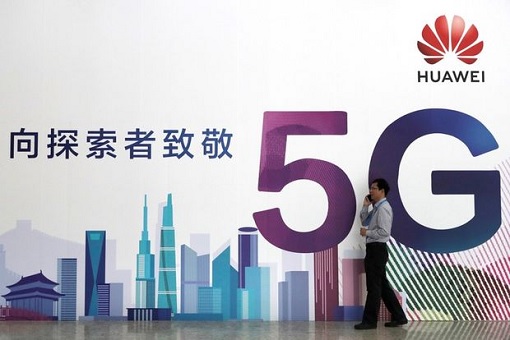
The Huawei’s big boss had said that U.S. companies interested in its 5G technology would be allowed to modify as they see fit the software code used to run any of Huawei’s 5G equipment – or even change it to meet their security requirements. However, Huawei did not disclose how much would they charge for its 5G technology.
Today, Huawei revealed another reason why it’s willing and can afford to share its crown jewels with rival United States. Huawei has already begun research on 6G, the successor to 5G mobile networks. During his interview with CNBC, CEO Ren Zhengfei said – “We have parallel work being done on 5G and 6G, so we started out 6G a long time ago.”
However, Mr. Ren said the development of 6G is still “a long way to go” – probably will take another 10 years to become a reality and before commercialization. Because the 6G technology would be incredibly fast, even Huawei isn’t sure what the technology will be needed for. For now, Huawei is focusing its efforts on 5G, including penetrating the U.S. market.
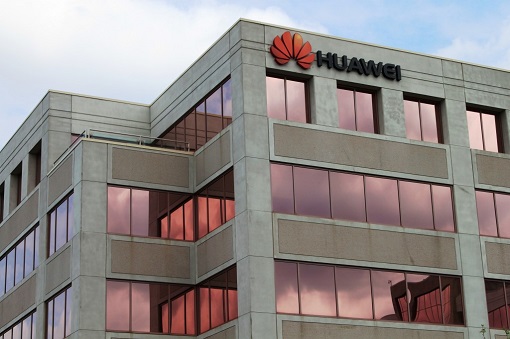
Huawei is currently researching 6G technology at its R&D center in Ottawa, Canada, amidst an open question of whether or not Canada will ban the Chinese company from providing 5G technology to mobile network operators. Interestingly, Ren Zhengfei’s daughter – Sabrina Meng Wanzhou – was arrested by Canadian authorities at the request of the U.S. and is facing extradition to America.
Apparently, Huawei’s Ottawa facility is strategically important, as wireless technology researchers were hired away from Nortel in 2009 to begin research on 5G. A ban on Huawei in Canada could be disruptive for Bell and Telus, which use Huawei equipment in existing network installations. The Huawei Canada operation employs about 500 people at its research and development facilities.
Its office in Canada reportedly would spend US$2 billion over the next five years to hire more software engineers to make its equipment more secure, resilient and efficient. In fact, the Chinese tech giant has ensured that all intellectual property (IP) generated in collaboration with Canadian institutions, including local universities, will remain in that country.
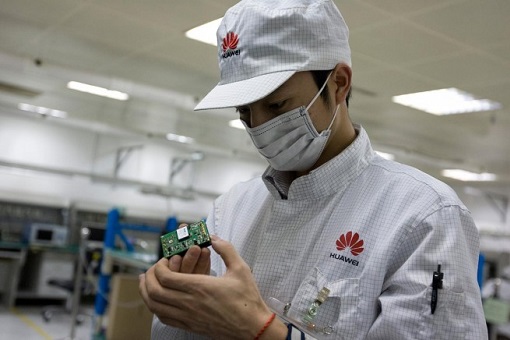
But Canada isn’t the only R&D centre of Huawei. In fact, the spending of its research and development team in Canada was only C$180 million (US$136 million), a drop in the ocean compared to Huawei’s total R&D investment of US$15 billion in 2018 – 14% of its revenue. That’s a huge jump from its R&D investment of only US$6.6 billion in 2014.
That’s why Washington has blacklisted more than 20% of Huawei’s global R&D and innovation centers in its crackdown on the Chinese tech giant, striking at the heart of the company’s ability to innovate. Huawei has 21 R&D centers – China, Canada, U.S., United Kingdom, Pakistan, Finland, France, Belgium, Germany, Colombia, Sweden, Ireland, India, Russia, Israel, and Turkey.
Yet, despite pressure from the U.S., Huawei said it has secured more than 50 commercial 5G contracts globally as it continues to strike deals with carriers worldwide. That number puts it ahead of its closest competitors Ericsson and Nokia. Considering that 6G would not be viable until 2030, Huawei’s immediate challenge isn’t the 6G, but to convince the U.S. to embrace its 5G technology.
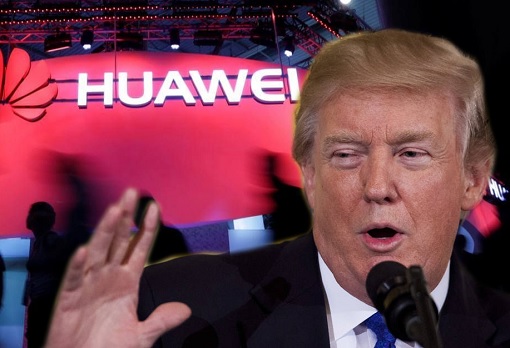
Other Articles That May Interest You …
- Huawei Shockingly Offers 5G Patents To The U.S. – Here’s Why It’s Willing To Share Its Crown Jewels Technology
- Huawei’s Market Share Hits Record 38% In China – All Competitors’ Share Including Apple Plunges
- Economists Thought China’s Economy Depends On The World – But McKinsey Research Shows Otherwise
- Trump Made A Mistake Of Extending Huawei Lifeline – China To Boost & Create Its Own Tech Landscape
- Watch Out Trump!! – China May Weaponize “Rare Earth” To Retaliate Against U.S.’ Ban On Huawei
- From Trade War To Tech War – After 5G Technology, The US Aims To Cripple China’s Artificial Intelligence
- As Huawei Hits $100 Billion Revenue, Chairman Said The U.S. Has “Loser’s Attitude” & “Table Manners” Problem
- “You Cannot Crush Us” – Huawei Founder Warned About Shifting Investment From The U.S. To U.K.
- Huawei Strikes Back – U.S. Fears Of Being Left Behind, Fails To Hack Into Huawei To Spy
- From Trade War To Political Kidnapping – Two Canadians Held “Hostage” As China Retaliates
- China Invasion – Top 10 American Iconic Brands Now Owned By Chinese

|
|
September 26th, 2019 by financetwitter
|


|

|

|

|

|

|




























Comments
Add your comment now.
Leave a Reply